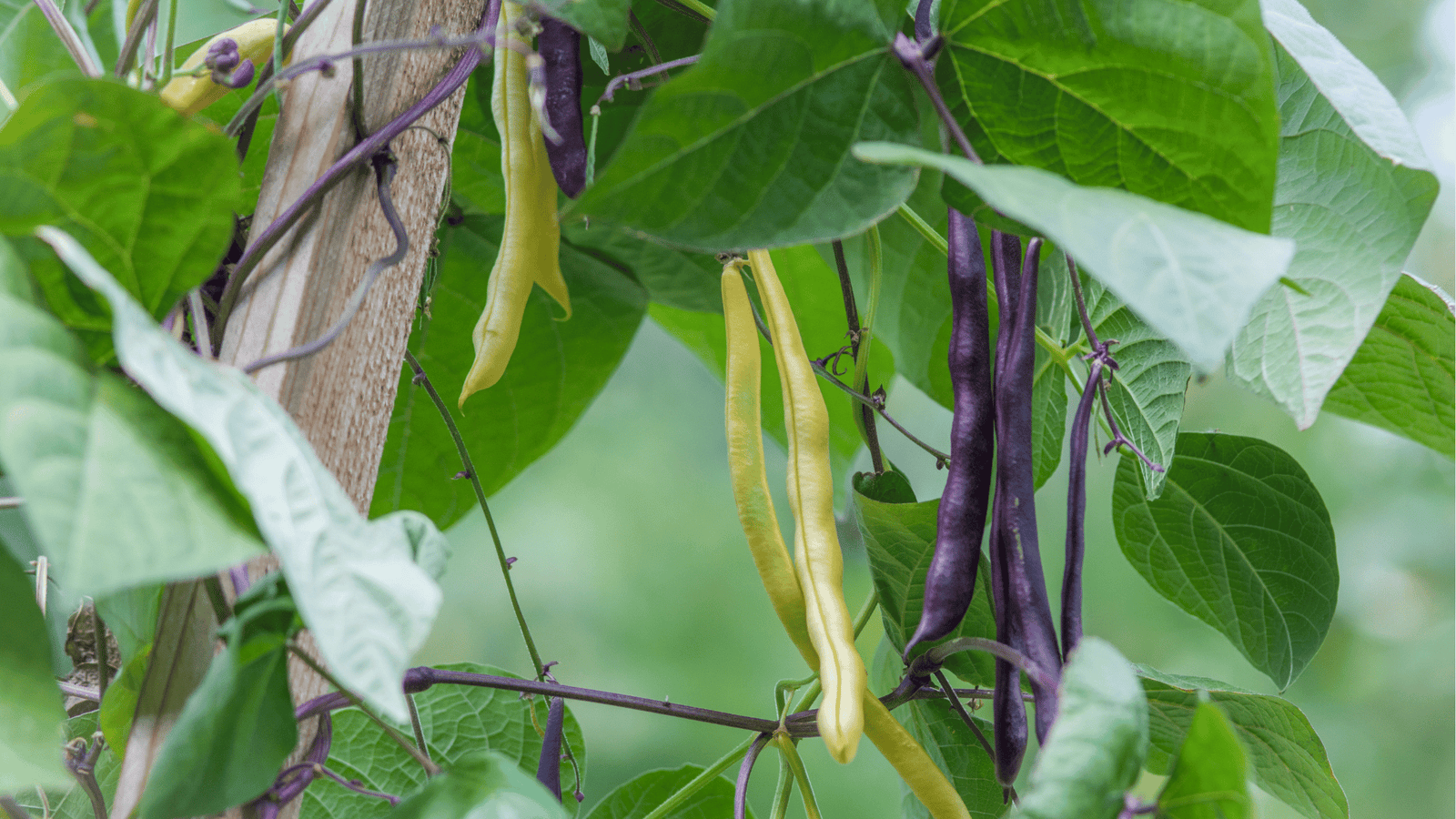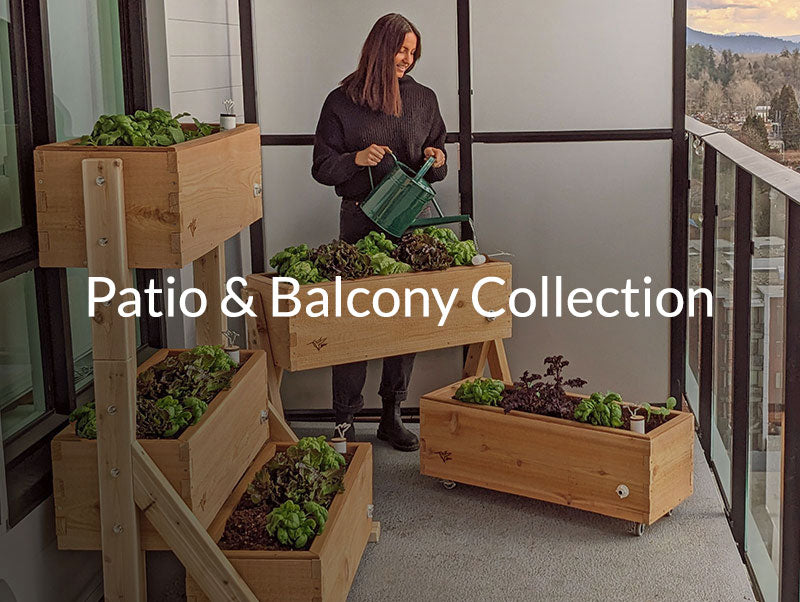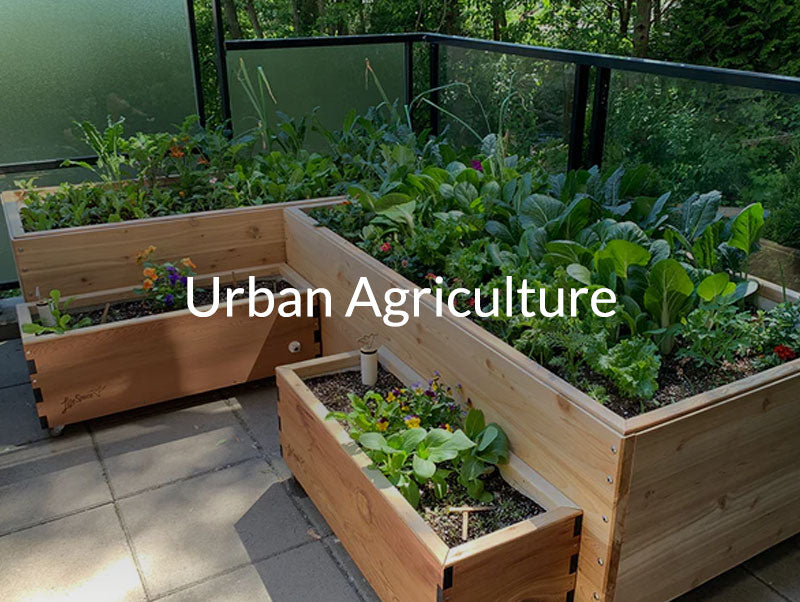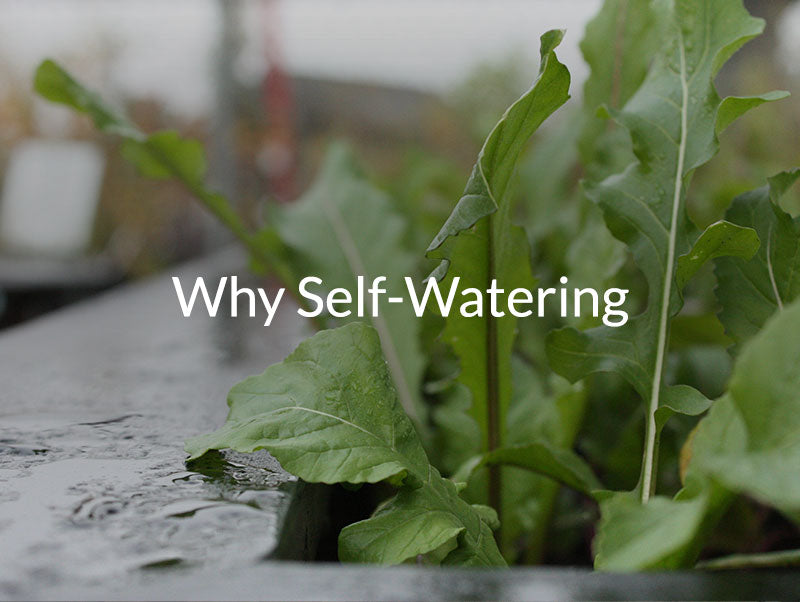Beans Growing Guide: Planting, Watering, and Harvesting for Maximum Yields

Introduction
Beans are one of the easiest and most rewarding crops to grow, offering abundant yields, nitrogen-rich soil benefits, and delicious pods for summer dishes. In SIPs and wicking beds, beans thrive with steady bottom-up hydration, making maintenance simple and growth predictable. Using GardenWells inserts, you can ensure consistent moisture and healthier vines without constant top-watering.
Types of Beans
-
Bush Beans → Compact, fast-growing, and don’t require trellising.
-
Pole Beans → Tall climbers producing for longer periods; perfect for trellises and vertical SIP gardens.
-
Dry Beans → Grown for fully mature seeds like kidney, black, and pinto beans.
When to Plant Beans
-
Spring: Direct-seed beans in May after the last frost when soil temps reach 16°C (60°F). See the May Gardening Guide for starting tips.
-
Summer: Succession sow bush beans every 2–3 weeks until mid-July for continuous harvests. Visit the June Gardening Guide for SIP watering strategies.
-
Fall: In mild regions, sow a final round in late July for early autumn harvests.
Square Foot Gardening Spacing
-
Bush Beans: 9 plants per sq ft (~4” apart)
-
Pole Beans: 4 plants per sq ft (~6” apart) with trellises
-
Depth: Sow seeds 1” deep
-
Companions: Excellent companions include corn, cucumbers, and radishes.
How to Plant Beans
Direct Seeding (Preferred)
-
Plant 2 seeds per hole and thin to the strongest seedling after germination.
-
For pole beans, install trellises or supports at planting time to avoid disturbing roots later.
Transplanting (Not Recommended)
-
Beans dislike root disturbance; always direct-seed when possible.
Watering Your Beans
Beans need consistent hydration, especially when flowering and fruiting:
-
Use the WaterStem to track reservoir levels: when the Hummingbird rises, your SIP is full; when it drops, refill.
-
Before establishment: Lightly top-water daily for the first 7–10 days.
-
After establishment: Refill SIP reservoirs every 1–2 weeks depending on weather and bed size.
-
Mulch generously to conserve moisture and prevent weeds.
Harvesting Beans
-
Bush Beans: Ready 50–60 days after sowing; harvest frequently to encourage more pods.
-
Pole Beans: Begin harvesting 60–70 days after sowing; continue picking every few days to extend production.
-
Dry Beans: Allow pods to fully mature and dry on the plant before collecting seeds.
Common Issues & Fixes
| Issue | Likely Cause | Solution |
|---|---|---|
| Yellowing Leaves | Overwatering or poor drainage | Use SIPs or wicking beds for balanced hydration |
| Poor Pod Set | Heat stress or irregular watering | Keep SIP reservoirs consistently filled during flowering |
| Aphids & Mites | Common bean pests | Interplant nasturtiums and spray neem oil as needed |
Companion Plants for Beans
Best companions (with cross-links):
-
Corn → Classic partner in the “Three Sisters” system; corn provides support for climbing pole beans.
-
Cucumbers → Share SIP hydration efficiently and thrive under similar conditions.
-
Radishes → Grow quickly, loosening soil for deeper bean roots.
-
Carrots → Compact roots make efficient use of SIP space.
Avoid planting with:
Product Tips
-
Compact patios? Plant dwarf bush bean varieties in CondoFarms self-watering planters.
-
DIY gardeners? Convert any raised bed into a wicking bed with GardenWells inserts.
-
Scaling up? Use custom self-watering raised beds for high-volume production.







